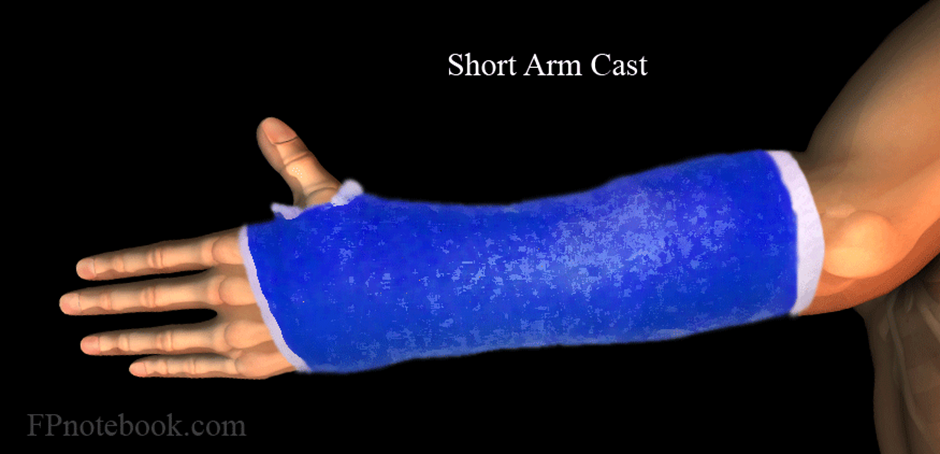A nurse is contributing to the plan of care for a client who has influenza. Which of the following interventions should the nurse include in the plan?
Have the client wear a surgical mask during transport.
Wear an N95 mask while providing care to the client.
Administer an influenza immunization to the client.
Place the client in a negative airflow room.
Correct Answer : A
a. Have the client wear a surgical mask during transport. This is the appropriate intervention to prevent the spread of the influenza virus when the client needs to be transported within the healthcare facility. Influenza is primarily spread through respiratory droplets, so wearing a surgical mask helps to contain these droplets.
b. Wear an N95 mask while providing care to the client. An N95 mask is generally not required for influenza. Standard precautions, including wearing a surgical mask when within close proximity to the client, are usually sufficient.
c. Administer an influenza immunization to the client. It is not appropriate to administer the influenza vaccine to a client who is already infected with the influenza virus.
d. Place the client in a negative airflow room. Negative airflow rooms are typically reserved for airborne diseases such as tuberculosis. Influenza, which spreads via droplets, does not require this level of isolation.
Nursing Test Bank
Naxlex Comprehensive Predictor Exams
Related Questions
Correct Answer is D
Explanation
Choice A Reason:
Preparing the sterile dressing supplies 30 min before the dressing change is correct. While it's crucial to have all supplies ready before starting the procedure, preparing them 30 minutes in advance might not align with the principles of maintaining sterility. It's generally best to prepare sterile supplies just before the procedure to minimize the risk of contamination.
Choice B Reason:
Don sterile gloves before removing the dressing is incorrect. Sterile gloves should indeed be worn during the dressing change, but they should be put on after removing the old dressing. This ensures that the clean gloves don't touch potentially contaminated surfaces during the removal of the old dressing.
Choice C Reason:
Disinfect the wound bed with alcohol before applying tape is incorrect. Using alcohol to disinfect the wound bed is not recommended as it can cause tissue irritation and delay wound healing. Sterile saline or another wound cleansing solution prescribed for wound care would be more appropriate to clean the wound bed. Additionally, applying tape directly to the wound is generally avoided to prevent further damage to the fragile tissues of a pressure ulcer.
Choice D Reason:
Offering the client pain medication before the procedure is correct. Providing pain medication before the procedure ensures the client's comfort and helps manage any discomfort or pain associated with the dressing change, particularly when dealing with a stage III pressure ulcer, which can be quite sensitive.
Correct Answer is B
Explanation
Choice A Reason
Using a hair dryer to blow hot air into the cast is not recommended. It can cause burns, soften the cast material, or create hot spots, potentially leading to skin damage or discomfort for the client.
Choice B Reason:
Perform neurovascular checks of the affected extremity every 2 hours is correct. Performing neurovascular checks regularly is crucial to assess the circulation, sensation, and movement of the affected extremity. This monitoring helps identify any signs of compromised blood flow or nerve function, which could indicate complications such as compartment syndrome.
Choice C Reason:
Positioning the fractured arm below the level of the client's heart is not advisable. Elevating the injured limb above heart level can help reduce swelling and promote blood flow, aiding in the healing process and preventing complications like swelling-related discomfort or decreased circulation.
Choice D Reason:
Immobilizing the client's fingers using a hand splint might not be necessary with a short arm cast. Typically, a short arm cast provides immobilization of the wrist and forearm while allowing some movement and function of the fingers unless specifically directed by the healthcare provider for individual circumstances.

Whether you are a student looking to ace your exams or a practicing nurse seeking to enhance your expertise , our nursing education contents will empower you with the confidence and competence to make a difference in the lives of patients and become a respected leader in the healthcare field.
Visit Naxlex, invest in your future and unlock endless possibilities with our unparalleled nursing education contents today
Report Wrong Answer on the Current Question
Do you disagree with the answer? If yes, what is your expected answer? Explain.
Kindly be descriptive with the issue you are facing.
